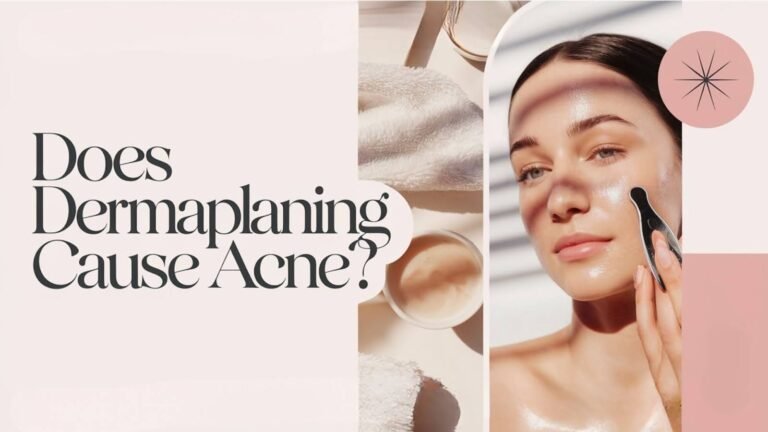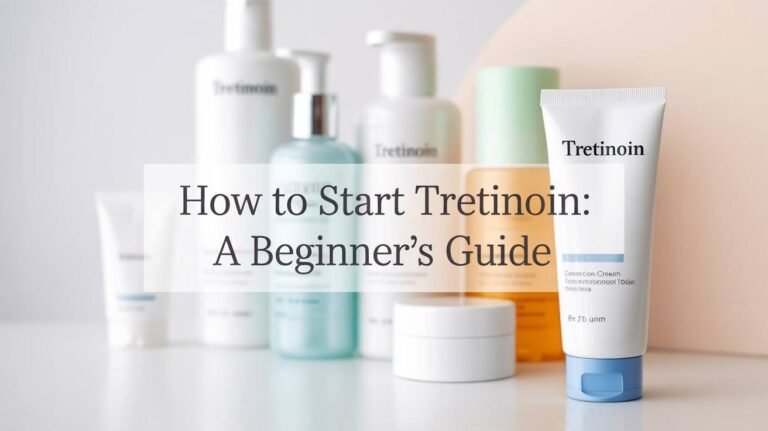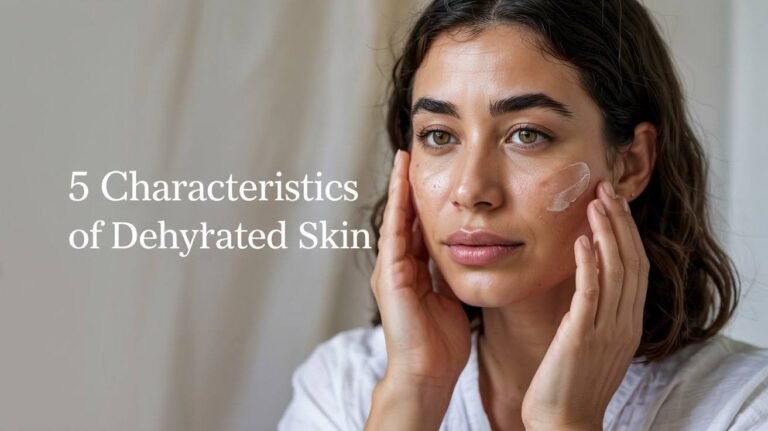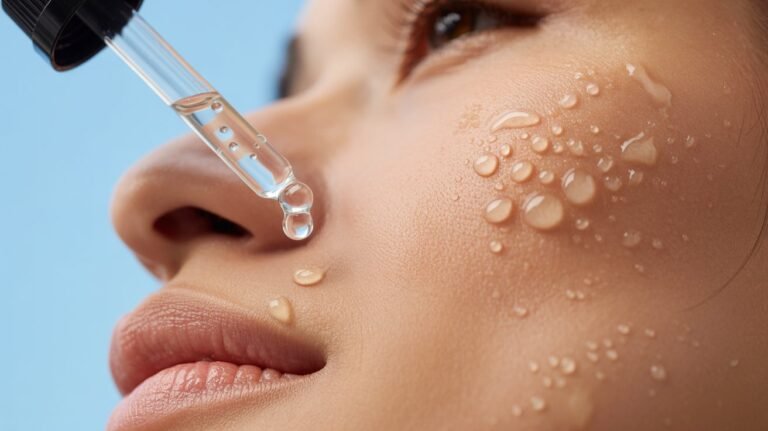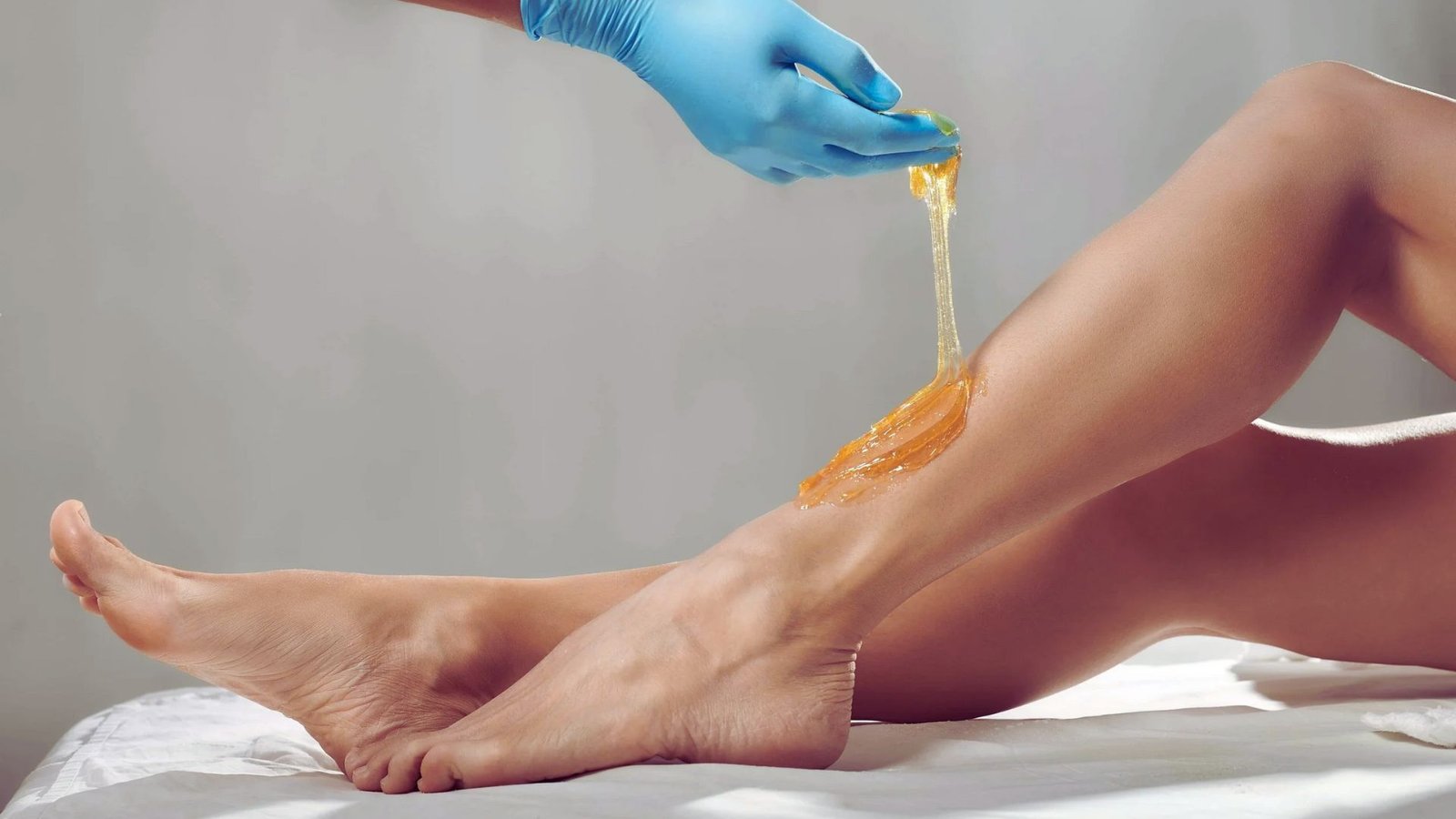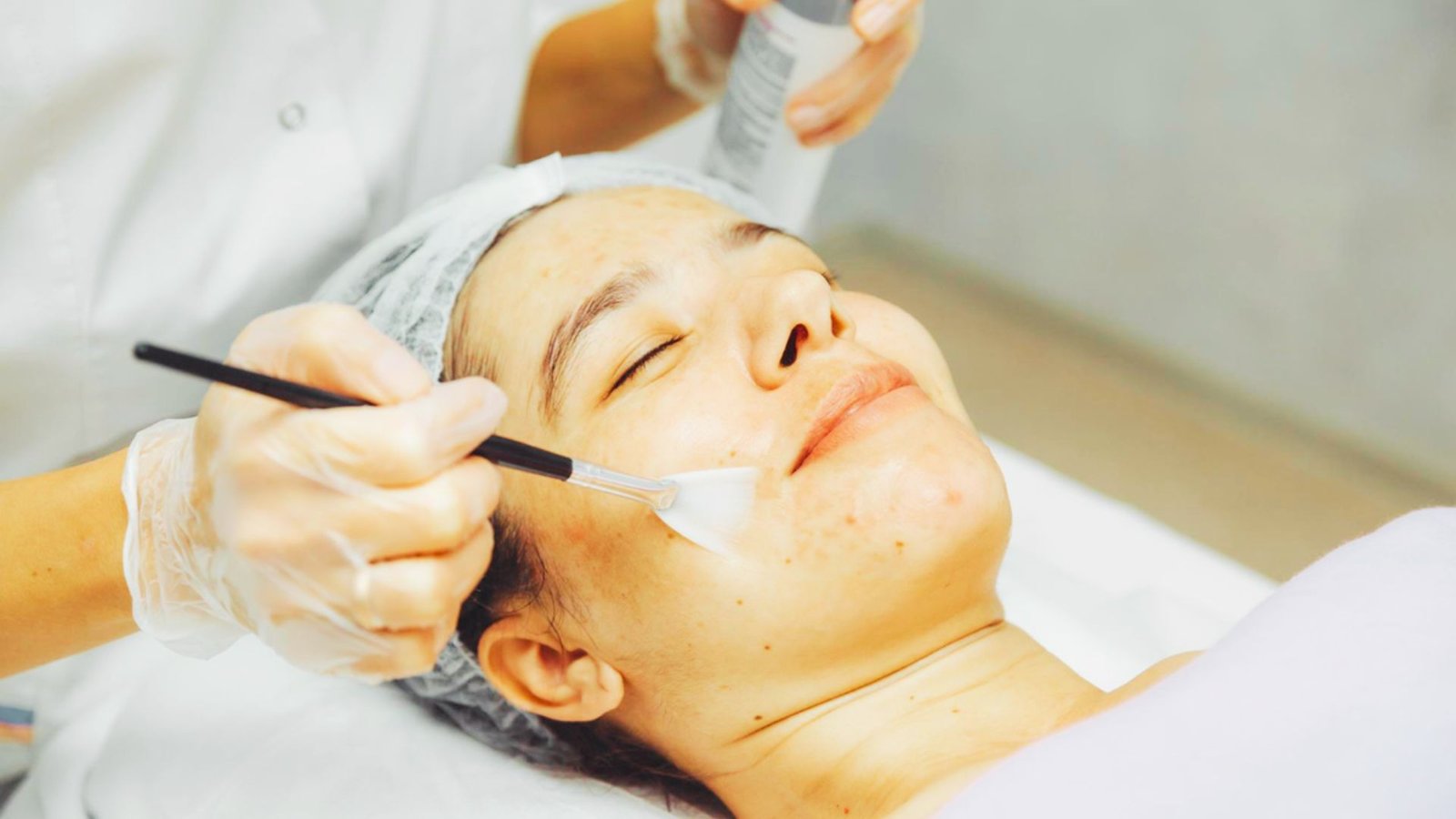Facial Volume Restoration: 7 Proven Treatments
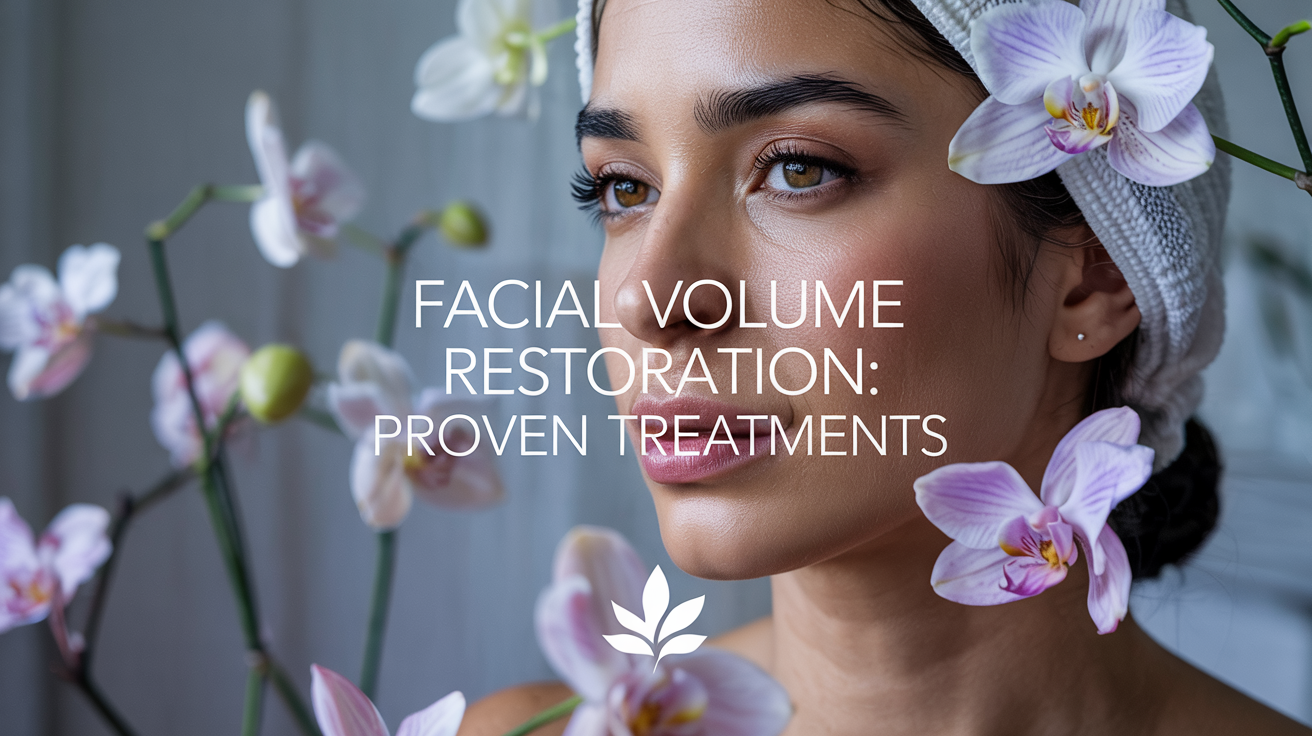
Hollowed cheeks, temples that appear sunken? Restore volume to fill out the contours of your face. I’ve helped my patients understand safe options to regain volume in their faces.
Here, I’ll discuss seven tried and true methods for restoring volume, from fillers to surgery.
You will learn the cause of your volume loss, and I will give you a frank opinion based on my years of experience in aesthetic medicine on the best option for you.
We will discuss non-surgical procedures and the expected downtime and results. This article will end soon. You will then know the best way to restore volume to your face.
Understanding Facial Volume Loss

Natural aging is the primary cause. As you get older, your face loses fat deposits, collagen, and elastin. Your bones also lose density over time, causing skin to sag and create hollow areas.
Rapid weight loss removes fat from your face. Medications like Ozempic and similar weight loss drugs often cause noticeable facial thinning.
Environmental factors like sun exposure and smoking speed up volume loss by breaking down collagen and damaging elastin.
Common signs include hollow cheeks, sunken temples, and under-eye hollows. Your jawline may sag and develop jowls.
Deep folds appear around your nose and mouth, including nasolabial folds and marionette lines. Your overall appearance may look gaunt or older than your actual age.
Top 7 Proven Treatments for Facial Volume Restoration
These seven treatments range from quick injectables to surgical procedures, each offering different results and recovery times.
1. Hyaluronic Acid Fillers
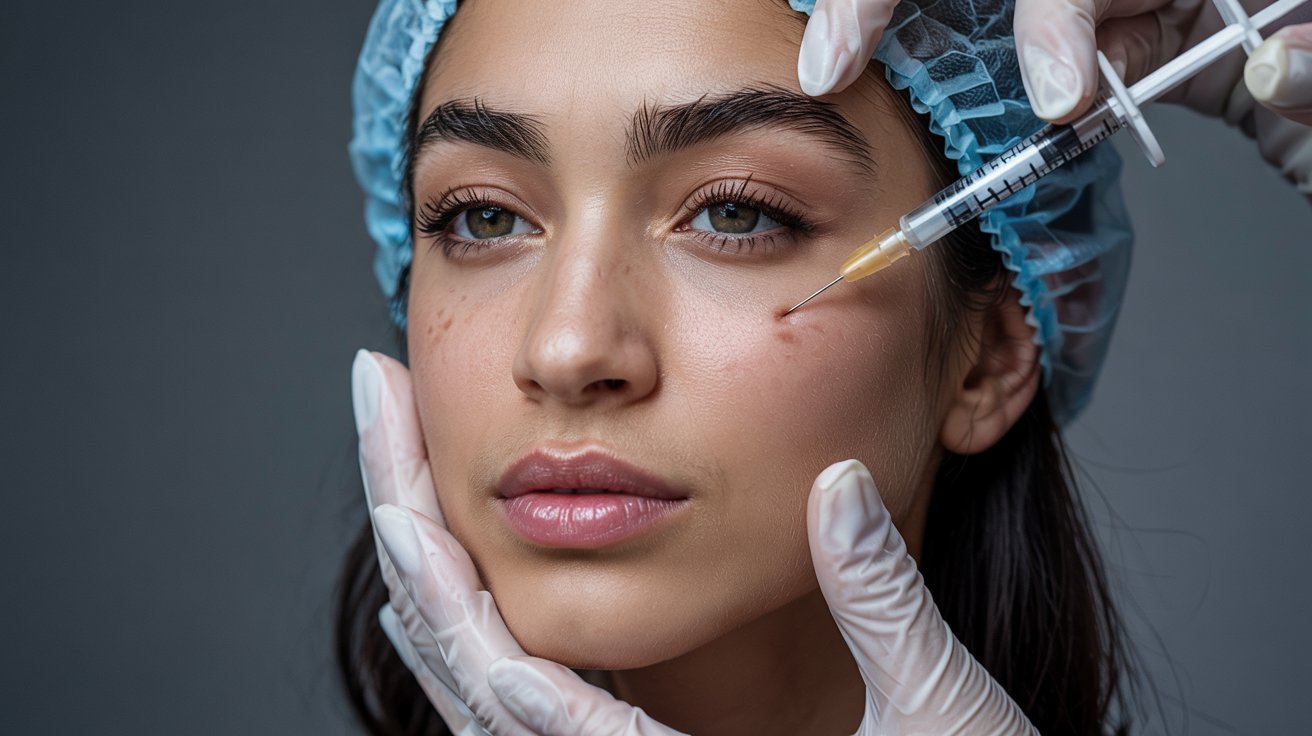
Popular brands like Juvederm and Restylane provide immediate volume restoration with minimal downtime.
These gel-like fillers work best for sunken cheeks, lips, and under-eye hollows. Results last 6 months to 2 years, depending on the product and location.
2. Biostimulatory Injectables (Sculptra & Radiesse)
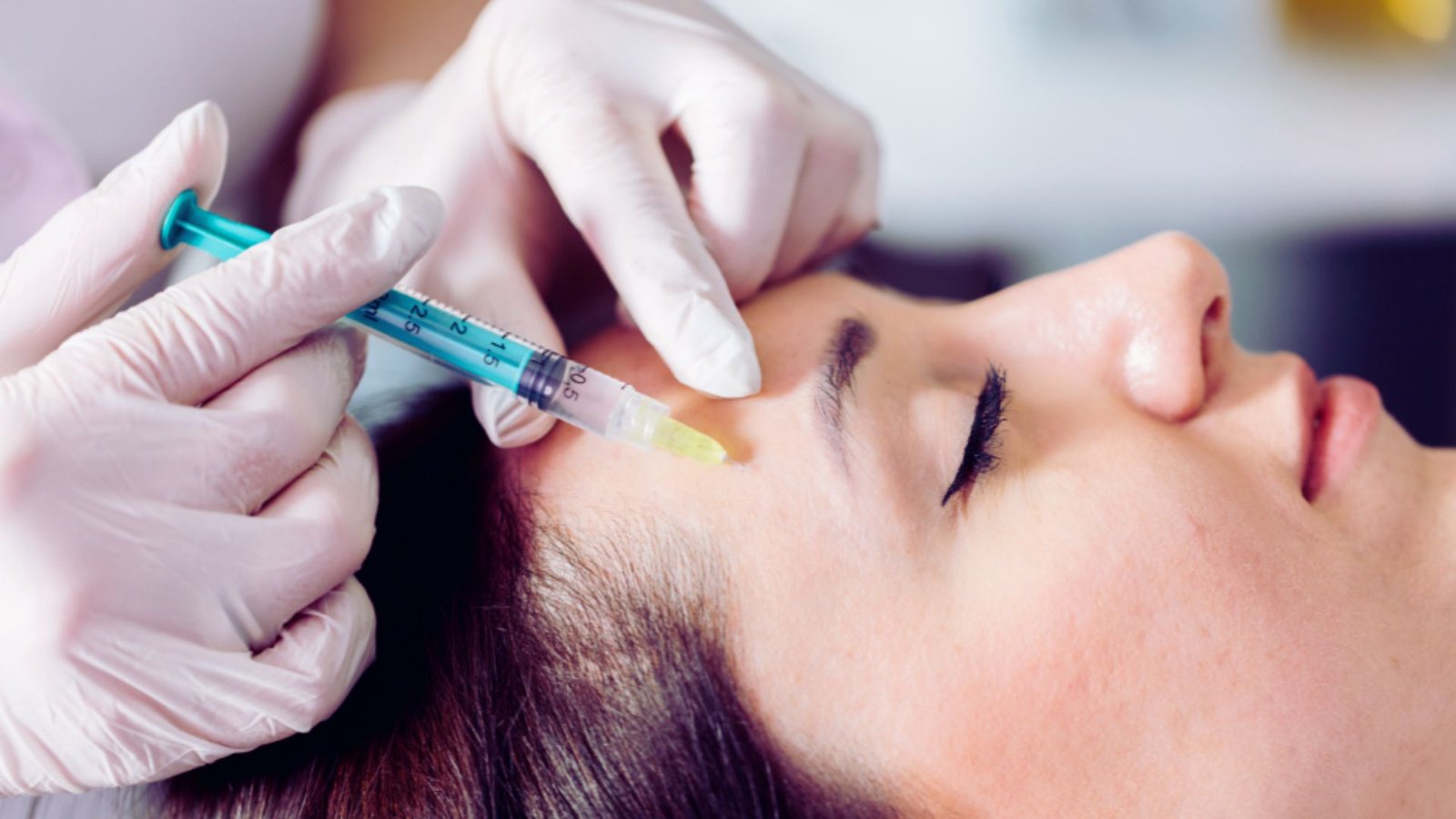
These injectables stimulate natural collagen production for gradual improvement. Sculptra provides long-term volumizing that lasts over 2 years.
Radiesse adds immediate structure while boosting collagen. Both are best for deep lines, hollowing, and generalized facial thinning.
3. Facial Fat Transfer (Autologous Fat Grafting)
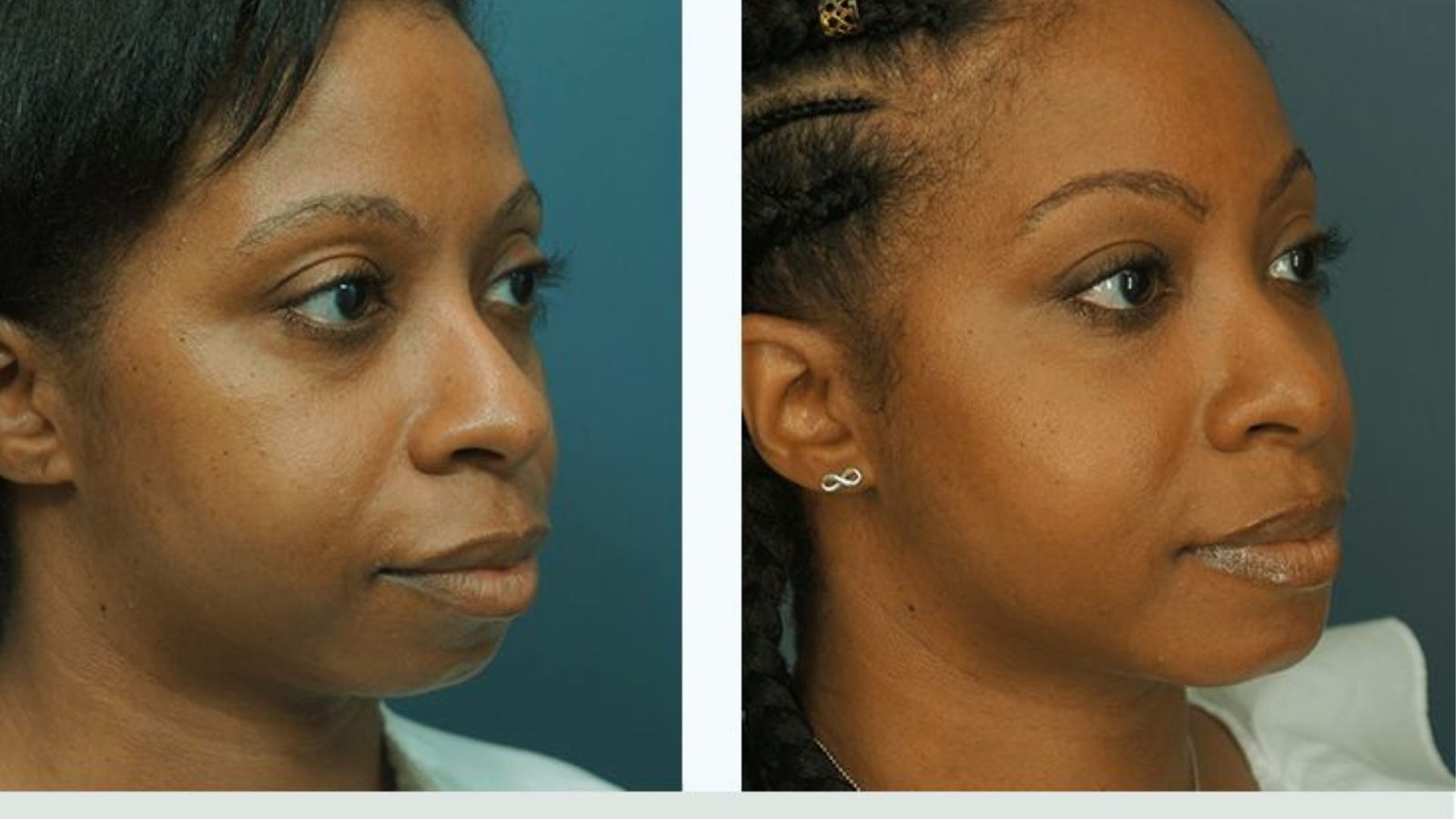
This procedure harvests fat from your own body and injects it into your face. Fat transfer provides permanent and natural results.
It’s best for significant volume loss after major weight loss or aging. Typically, 50 to 70% of transferred fat remains permanently.
4. Thread Lifts
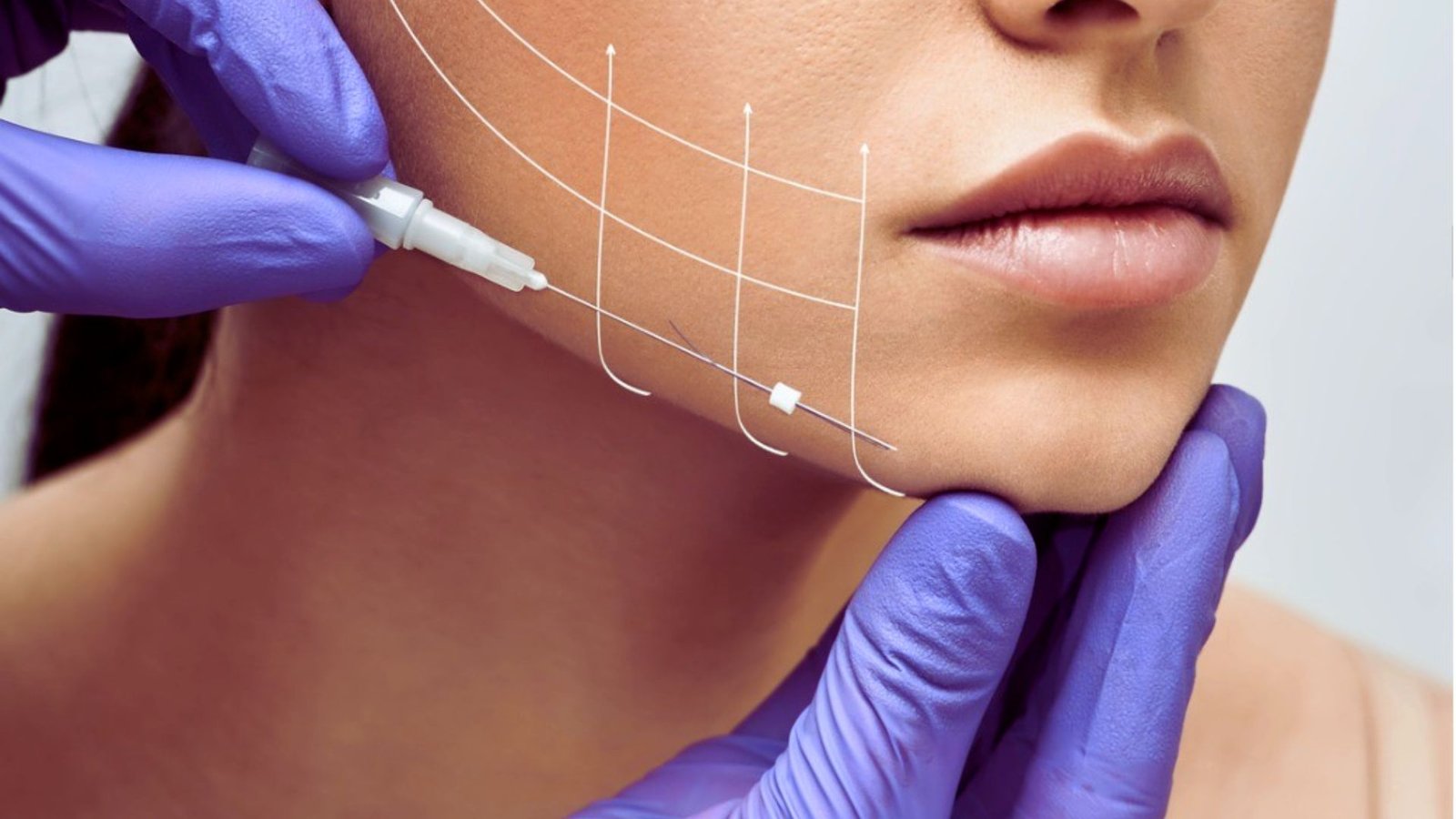
Absorbable threads inserted under your skin lift sagging tissue immediately and stimulate collagen production.
Results last 1 to 2 years. Thread lifts work well combined with fillers or fat transfer for enhanced results.
5. Facelift / Mini-Lift Surgery
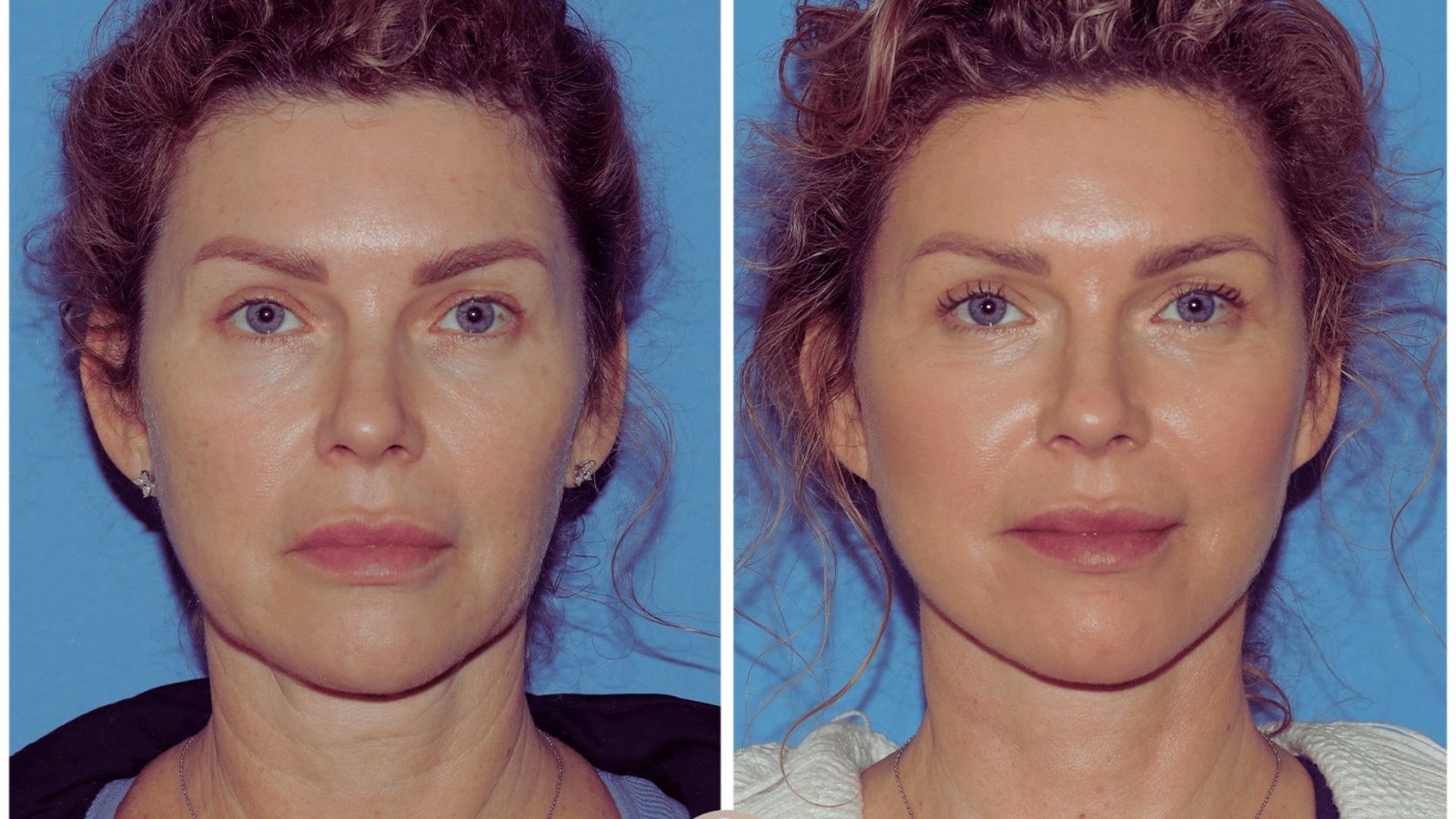
A facelift surgically removes excess skin and tightens underlying tissues. This option is best for severe sagging in the midface, jowls, or neck.
Results last 10+ years with proper care. Recovery takes several weeks.
6. Microneedling with PRP
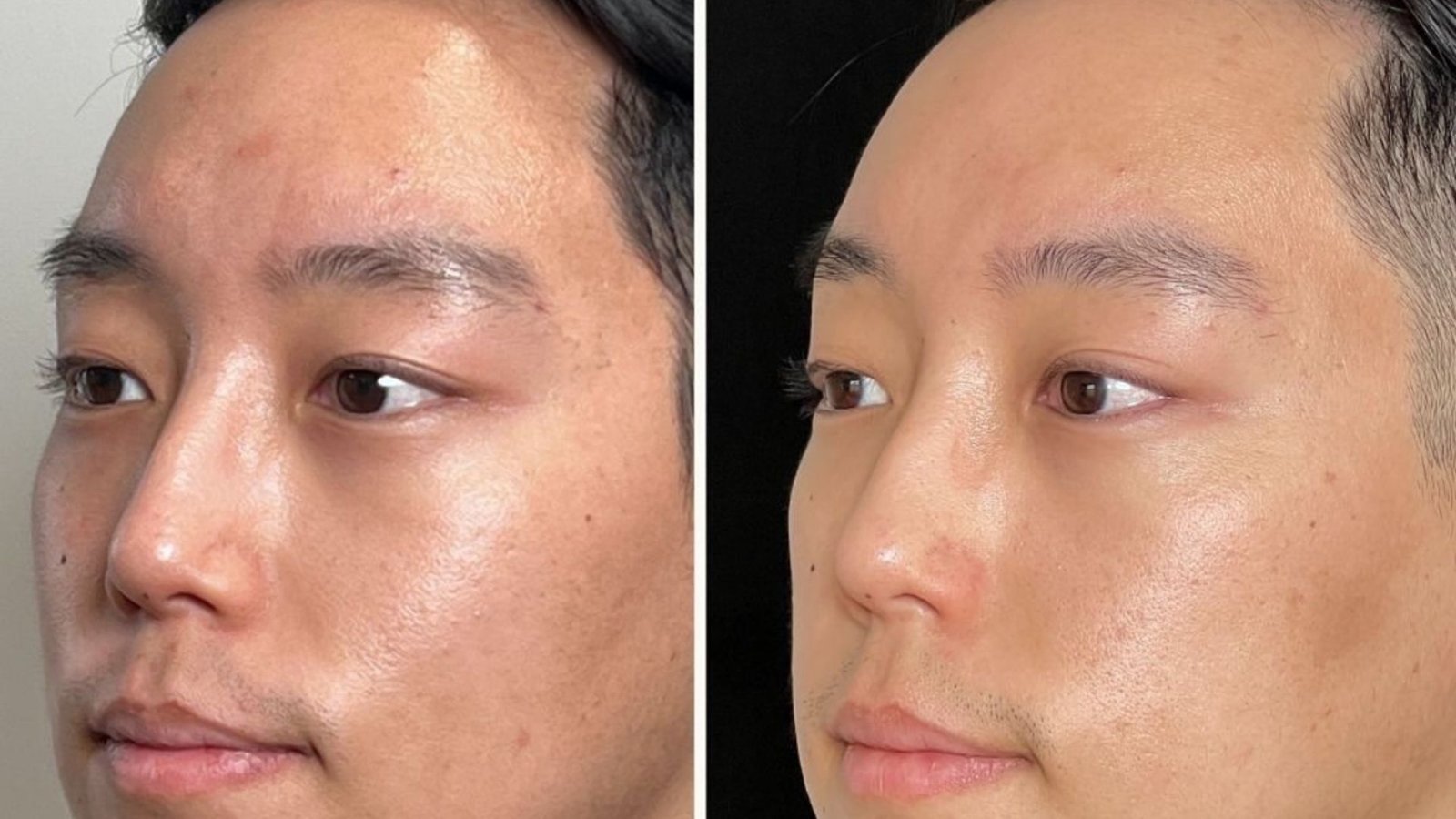
Tiny punctures in your skin combined with platelet-rich plasma improve texture, firmness, and elasticity.
Results last several months. Most people need 3 to 6 treatments spaced 4 to 6 weeks apart. This works best for mild volume loss.
7. Laser Skin Resurfacing / RF Treatments
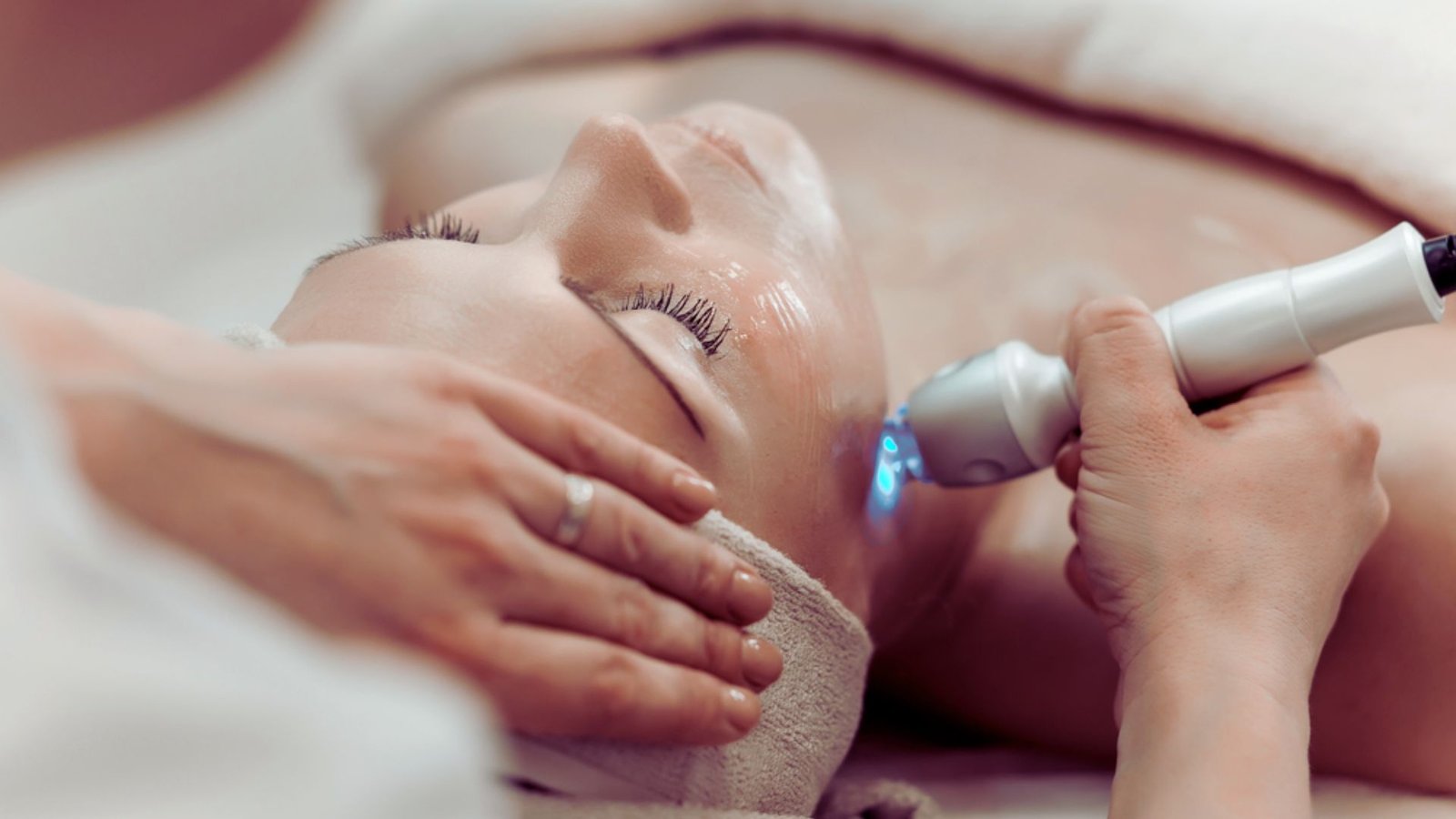
These treatments tighten skin, promote collagen growth, and improve texture. They complement volume restoration procedures well.
Results appear over weeks to months and multiple sessions may be required.
Non-Surgical Treatments for Facial Volume Restoration
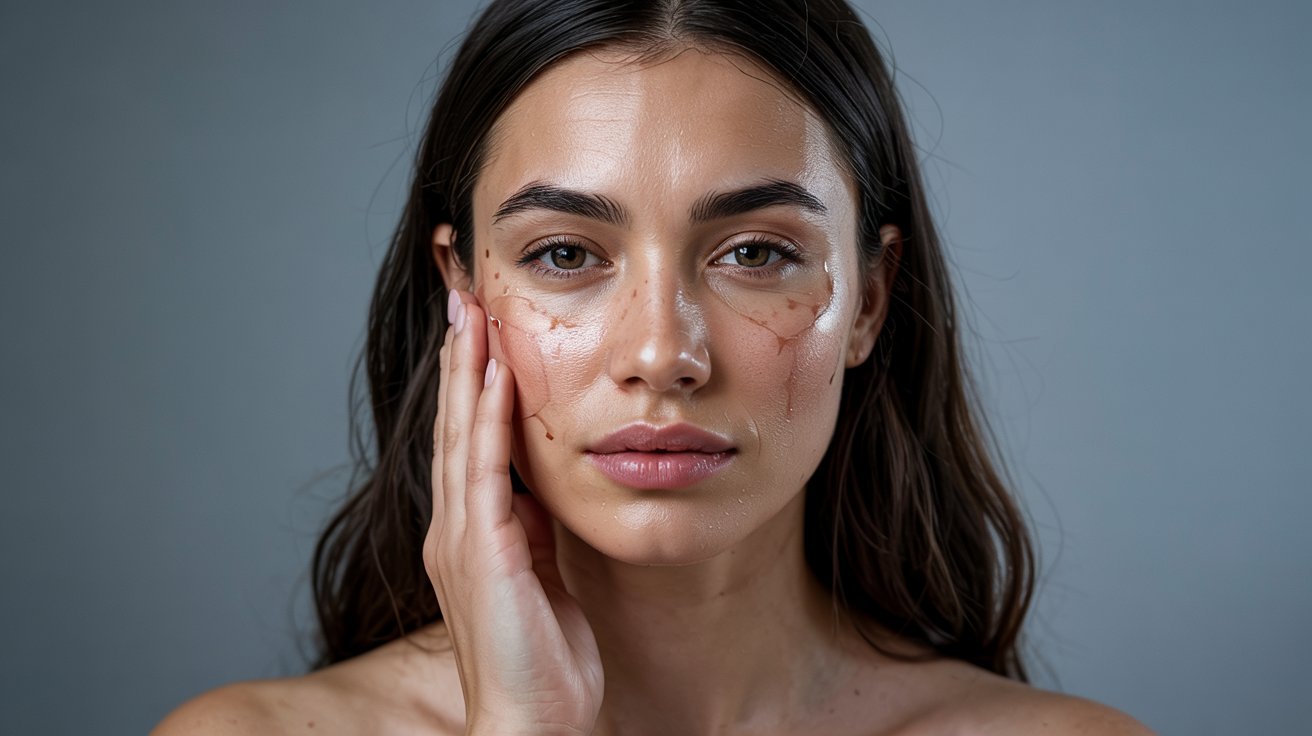
Non-surgical options offer significant improvements with minimal downtime and lower risk than surgery.
Dermal Fillers
Hyaluronic acid fillers add immediate fullness by attracting water. Radiesse provides instant structure with calcium-based microspheres.
Sculptra stimulates gradual collagen production for long-term volume. Choose based on your needs and timeline.
Biostimulatory Injectables
These stimulate your own collagen production instead of just filling space. Results develop over 2 to 3 months and can last 2 years or more. They work best for natural, subtle improvement.
Skin-Quality Uplifts Treatments
Microneedling with PRP, laser resurfacing, and skin tightening increase firmness and elasticity. They don’t add volume directly but make skin healthier.
Combining them with fillers provides comprehensive rejuvenation.
Surgical Options for Advanced Facial Volume Loss
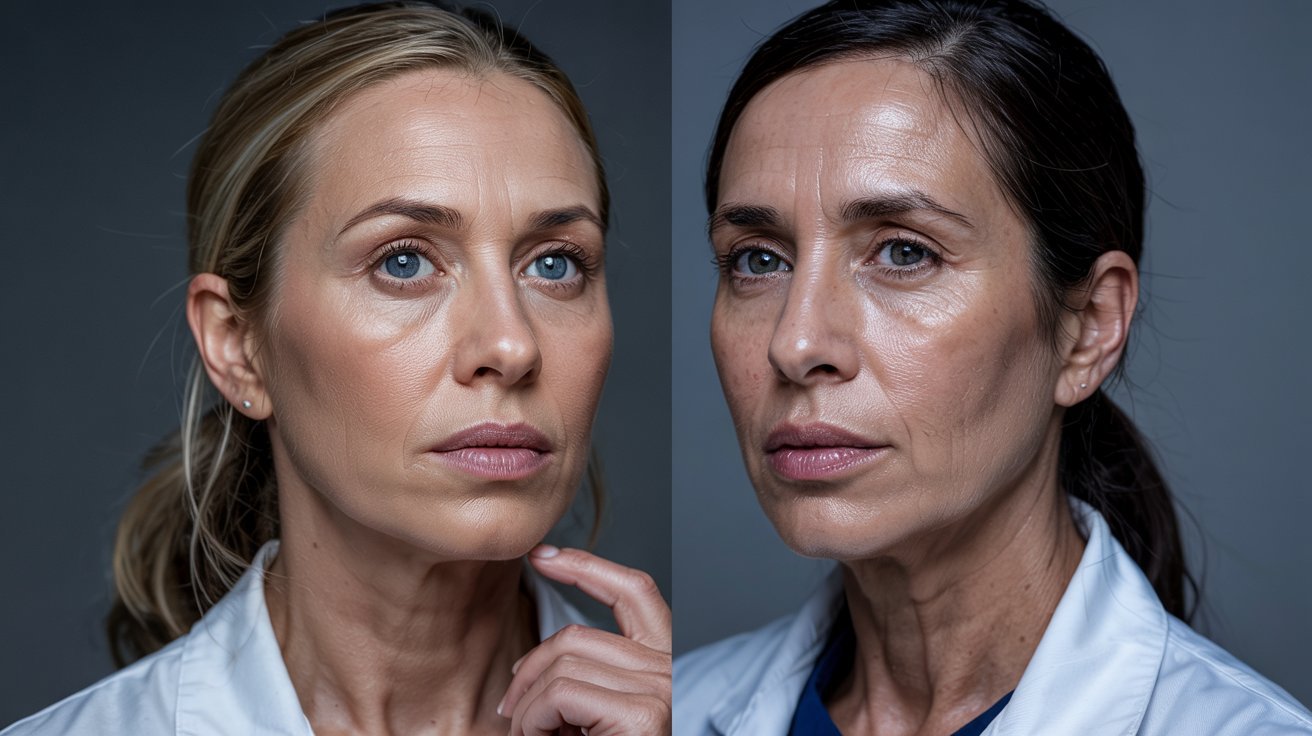
Surgery becomes necessary when volume loss is severe and non-surgical treatments cannot provide adequate correction.
Facelifts and Mini-Lifts
A full facelift addresses severe sagging in the midface, jowls, and neck. The surgeon removes excess skin and repositions underlying tissues for a lifted, youthful contour.
A mini-lift focuses on specific areas like the lower face and jawline with smaller incisions and shorter recovery.
Surgery is recommended when skin laxity is significant. If you have substantial excess skin, fillers alone won’t fix the problem.
Long-Term Results and Recovery
Facelift results last 10 to 15 years or more. Recovery takes 2 to 4 weeks for most visible healing. Most people return to work after 2 weeks.
Risks include infection, scarring, nerve damage, and asymmetry. Choosing a board-certified plastic surgeon minimizes these risks. Final results appear after 3 to 6 months once all swelling subsides.
Expert Guidance & Preventive Care
Working with qualified professionals and maintaining good skincare habits protects your investment and extends your results.
- Consult a board-certified professional: Always work with a board-certified dermatologist or plastic surgeon for volume restoration treatments. They have the training and experience to assess your needs accurately and perform procedures safely.
- Set realistic expectations: No treatment makes you look 20 again if you’re 60. The goal is to look like a refreshed, well-rested version of yourself.
- Maintain a solid skincare routine: Use retinol to boost collagen production. Apply hyaluronic acid for hydration. Wear SPF 30 or higher every single day to prevent further damage.
- Make healthy lifestyle choices: Eat a balanced diet rich in protein, healthy fats, and antioxidants. Protect your skin from sun exposure with hats and shade. Quit smoking, as it destroys collagen and elastin.
- Schedule regular follow-ups: Your provider can assess how well treatments are holding and recommend maintenance sessions. Most people need touch-ups every 6 to 18 months, depending on the treatment type.
Conclusion
Finding the right oil for at-home dermaplaning can feel tricky, but if you have the right oil for your skin type, you’re on your way to safe, glowing skin.
I found that taking that time to properly prep, following the post-care steps, and using the oil properly makes all the difference, as it keeps your skin protected and gives you professional-looking results.
Begin with one of these or adjust based on your skin’s reaction to this oil. Pick your oil. Give it a go for us, and let us know how you did in the comments.
Frequently Asked Questions
What causes facial volume loss?
Natural aging reduces fat, collagen, and bone density in your face. Rapid weight loss, medications like Ozempic, sun exposure, and smoking also accelerate volume loss.
How long do dermal fillers last?
Hyaluronic acid fillers last 6 months to 2 years, depending on the product and treatment area. Biostimulatory injectables like Sculptra can last over 2 years.
Is facial fat transfer permanent?
Yes, the fat that survives the transfer becomes a permanent part of your face. Typically, 50 to 70% of transferred fat remains long-term after initial absorption.
What’s the difference between a facelift and fillers?
Fillers add volume but don’t remove excess skin. A facelift surgically removes sagging skin and tightens underlying tissues for dramatic, long-lasting results that fillers cannot achieve.
How much downtime do I need after volume restoration treatments?
Fillers require minimal downtime, usually just a day or two. Thread lifts need about a week. Facelifts require 2 to 4 weeks for visible healing and return to normal activities.

